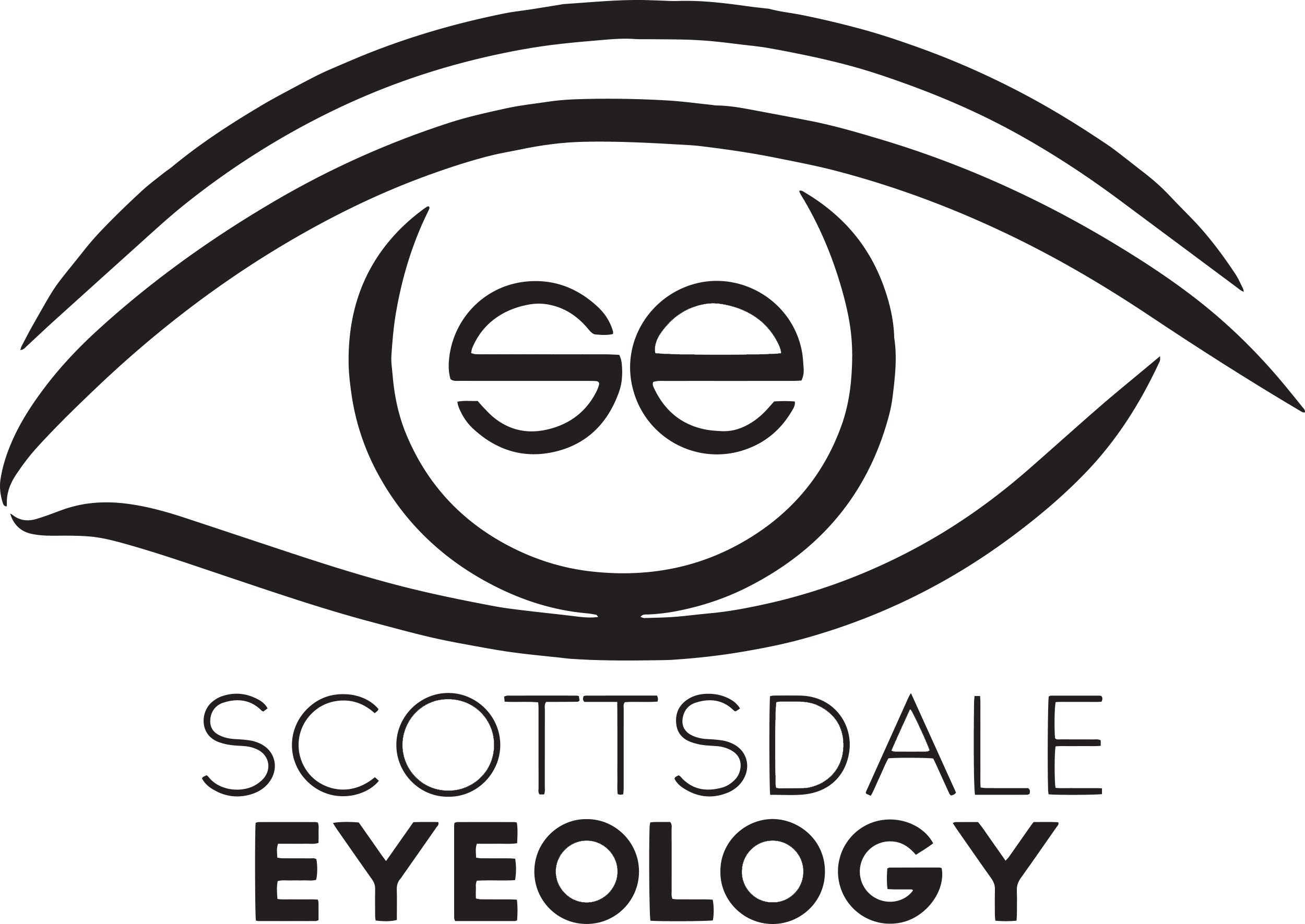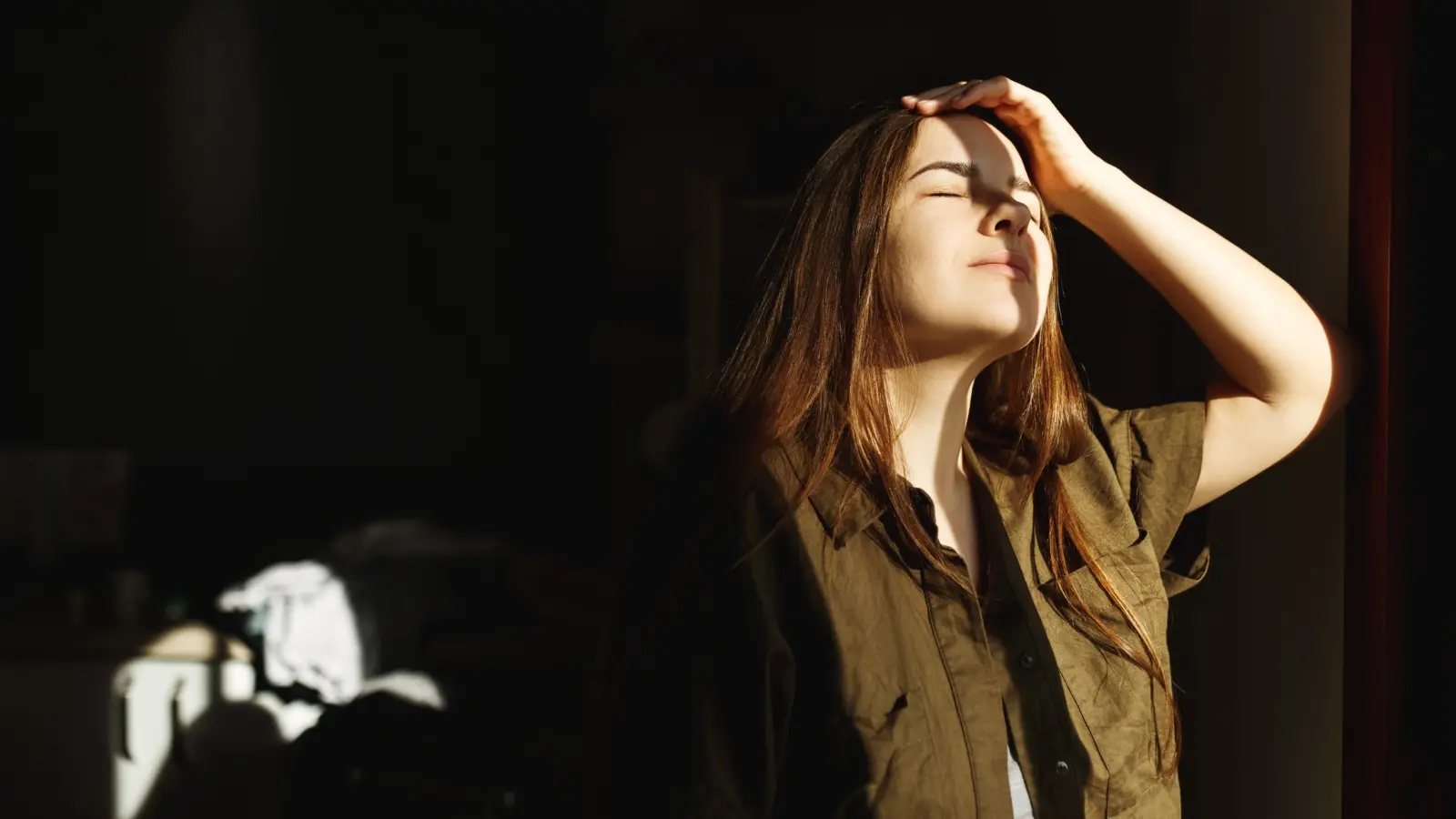We all crave the warmth and energy of sunshine. It lifts our spirits, boosts vitamin D production, and encourages us to spend time outdoors. But lurking within those sunbeams are invisible threats: ultraviolet (UV) rays. While UV rays are essential for plant life and vitamin D synthesis, excessive exposure can wreak havoc on your eyes, causing both short-term and long-term damage. This blog not only unveils the hidden dangers of UV rays for your vision but also equips you with simple daily steps to safeguard your eyes and keep your peepers healthy for a long time.
The Sneaky Side of Sunshine: Understanding UV Rays
One type of electromagnetic radiation is UV rays. It’s invisible to the naked eye. They fall within a spectrum categorized as UVA, UVB, and UVC. While the atmosphere filters out most UVC rays, UVA and UVB reach the Earth’s surface, posing a risk to our eyes.
- UVA rays: The wavelength of these rays is the longest. It pierce the skin and eyes deeply. They contribute to premature aging and wrinkles around the eyes but also reach the retina, raising the possibility of AMD, or age-related macular degeneration.
- UVB rays: These shorter-wavelength rays are responsible for sunburns and can cause photokeratitis, a painful condition similar to sunburn on the cornea (the clear front surface of your eye).
The Dangers of UV Exposure to Your Eyes:
While we often focus on protecting our skin from UV rays, neglecting eye protection can have serious consequences:
- Sunburn of the cornea (photokeratitis): This condition, also known as snow blindness, can occur after intense exposure to UV rays, especially when reflected off surfaces like snow or water. Symptoms include redness, pain, sensitivity to light, and watering eyes. While usually temporary, it can significantly impact your vision and daily activities.
- Cataracts: A clouding of the eye’s lens results in cataracts that can impair vision. While age is a major risk factor, excessive Additionally, UV exposure is associated with a higher risk of cataracts developing earlier in life.
- Age-related Macular Degeneration (AMD): AMD is a leading cause of vision loss in older adults. UVA rays are thought to contribute to the degeneration of the macula, the central part of the retina responsible for sharp central vision.
- Pterygium (pterygium growth): Also known as a surfer’s eye, this is a non-cancerous expansion of tissue on the eye’s white, or conjunctiva, that can extend towards the cornea. While not always vision-threatening, it can cause irritation and require surgical removal.
- Eye cancer: While less common, UV exposure is a risk factor for some forms of ocular cancer, such as melanoma of the conjunctiva.
Safeguard Your Eyes: Daily Habits for a Lifetime of Vision!
Fortunately, there are simple, daily steps and actions you may do to shield your eyes from UV radiation and maintain healthy vision:
- Sunglasses are essential:
- Look for sunglasses that block 99% of UVA and UVB rays.
- Consider polarized lenses for enhanced glare reduction, especially helpful during water activities or driving.
- Ensure a good fit to prevent UV rays from sneaking in around the frames.
- Hats with wide brims: Hats provide an extra layer of protection for your eyes and the delicate skin around them.
- Seek shade: During peak sun hours (typically 10 am to 4 pm), take refuge in shade whenever possible.
- UV-protective contact lenses: Certain contact lenses offer built-in UV protection in order to safeguard your eyes. Discuss options with your eye doctor.
- Regular eye exams: Scheduling regular eye exams with your optometrist or ophthalmologist is crucial for early detection and treatment of any UV-related eye damage.
Making Sun Protection a Habit:
Protecting your eyes from UV rays doesn’t have to be complicated. By incorporating these simple steps into your daily routine, you can safeguard your eyes and enjoy the sunshine worry-free. Remember, your eyes are precious – treat them with the care they deserve!
Additional Tips:
- Educate children about the importance of sun protection for their eyes.
- Be mindful of UV exposure, even on cloudy days, as UV rays can penetrate clouds.
- Consider UV-protective window films for your car or home, especially if you spend extended periods indoors near windows.
Your Eyes Deserve Sun Protection Every Day!
Sunshine is a wonderful part of life, but enjoying it safely requires protecting your eyes from the hidden dangers of UV rays. By following these simple daily practices and making sun protection a habit, you can ensure a lifetime of clear, healthy vision and continue to appreciate the beauty of the world around you. So, don’t let UV rays become the sneaky spies that steal your precious eyesight! Embrace the sunshine responsibly, safeguard your eyes, and keep your vision as clear as daylight for as long as you want.
Frequently Asked Questions
1. I don’t feel any pain – does that mean UV rays aren’t harming my eyes?
Unfortunately, UV damage to your eyes often happens gradually and may not cause immediate discomfort. The sunburn of the cornea (photokeratitis) can be painful, but other conditions like cataracts and macular degeneration develop slowly over time. Regular eye exams are crucial for detecting early signs of UV damage.
2. Are sunglasses with darker lenses always better for UV protection?
Not necessarily. The darkness of the lenses affects how much visible light is filtered, not necessarily UV rays. Look for sunglasses labeled to block 99% of UVA and UVB rays, regardless of lens color. Grey, green, or brown lenses are popular choices for offering good UV protection while maintaining color recognition.
3. Can I rely on a hat for sun protection instead of sunglasses?
A wide-brimmed hat offers some protection for your eyes by blocking sunlight from reaching them directly. However, UV rays can still sneak in from the sides and reflections. For comprehensive protection, combine a hat with UV-blocking sunglasses.
4. Do I need different sunglasses for different activities?
Regular UV-blocking sunglasses are sufficient for most everyday activities. However, for activities with intense sunlight reflection, like spending time on snow or water, polarized lenses can be helpful. These lenses reduce glare, improving visibility and comfort. Consult an eye doctor or optician for recommendations based on your specific needs and hobbies.
5. My prescription eyeglasses don’t block UV rays. What are my options?
Many optometrists and ophthalmologists can provide prescription sunglasses with UV protection. Alternatively, you can get a clip-on shade attachment for your existing glasses to block UV rays. Contact lenses with built-in UV protection are another option, but discuss this with your eye doctor to ensure they fit your needs and lifestyle.


